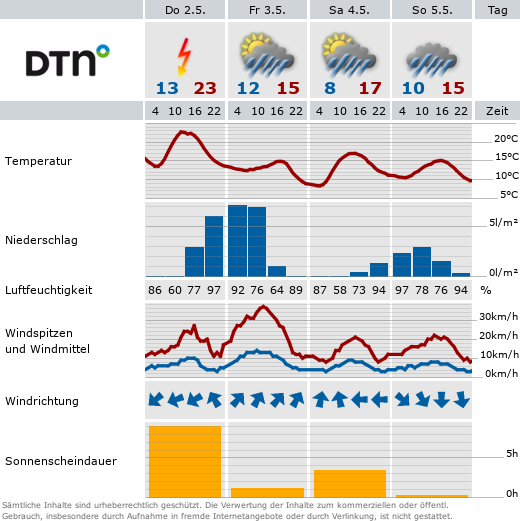Thesis defense of Benedikt Gocke
- Defense
In this thesis, an interpretation of an ATLAS single top-quark t-channel cross section measurement to constrain the top-quark involved CKM matrix elements, |Vtb|, |Vtd| and |Vts|, as well as feasibility studies for a dedicated measurement are presented. The data used in this thesis corresponds to the full Run 2 dataset from proton-proton collisions at the LHC at a cebtre-of-mass energy of 13 TeV recorded by the ATLAS experiment. For the interpretation, all three different top-quark production modes and decay modes are considered. For the first time in ATLAS, single top-quark t-channel events with top-quark decays to light quarks are simulated. 2D profile likelihood scans are performed to constrain the CKM matrix elements at 95% CL: fLV·|Vtb| < 1.048, fLV·|Vtd| < 0.133, and fLV·|Vts| < 0.306, with fLV being the left-handed form factor. A two-step neural network approach is applied in feasibility studies to improve sensitivity to the relevant CKM matrix elements: the first network separates signal events from background events, while the second distinguishes between different signal processes.
Furthermore, a calibration of the charm mis-tag rate of the flavor tagging algorithm in Run 2 using W+c-jets is presented, exploiting semileptonic c-hadron decays by identifying jets with a muon inside. Likelihood fits are used to derive data-to-MC scale factors for jets with 20 < pT < 140 GeV. The derived scale factors are found to be mostly within unity and reduced uncertainties for jets with lower pT are observed compared to the standard calibration in ATLAS. An extrapolation was done to generalize the results to all c-jets.








